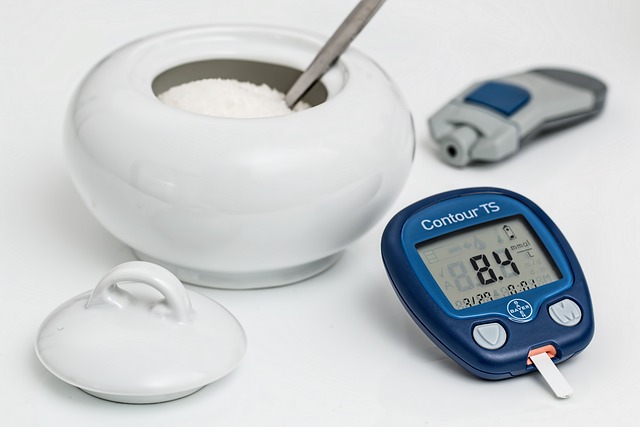
A recent study from Shield, sponsored by AstraZeneca, was presented at the American Diabetes Association and had some rather disturbing findings. The study was conducted over 5 years, had 3,867 patients and looked at type II diabetics.
The study found that in the face of ample knowledge and available health care the respondents were not willing to change unhealthy lifestyles. 63% of the individuals reported that their health care providers had recommended an increase in exercise, 87% had been inactive the week prior to the survey. There is a need to help patients take responsibility for themselves by changing unhealthy habits, the controversy is how.
Diabetes an Epidemic?
Her are the disturbing facts :
From the CDC 35% of adults are pre-diabetics with 50% of adults over 65 being pre-diabetic.
From the National Diabetic Fact Sheet. Individuals older than 20, 11.3% are diabetic over 65, 26.9%
The prevalence rate doubled from 1990-2005 with the cost estimated to care for the diabetics coming in at a cool 174 billion in 2007. With the rates increasing at an alarming rate and the incidence rising fast in children we must figure a way to get people to change unhealthy habits or we will quickly exceed our financial ability to care for them.
Change
These individuals, we know from the study, are aware of the fact that obesity increased their incidence of diabetes and they were aware of the need to exercise but they still couldn’t make the change. This is well noted in a book I will be reviewing later this week ” Change Or Die ” by Alan Deutschman.In it he references a study done back in 1993 By Dr. Ornish and Mutual of Omaha Insurance company in which patients with severely clogged coronary arteries were recruited.
They had staffers help the patients quit smoking, changed their diet, they had group meetings twice a week, classes in relaxation, meditation, yoga and aerobic exercise. The program lasted a year at which time the patients were on their own. Three years later 77% stuck to the lifestyle change and avoided surgery. The accepted rate currently is 10% in a typical medical practice.
The moral of the story is, information isn’t enough, the threat of disease or death is not enough. We may need to go back to that study in 1993 and look for a way to help people change and take responsiblity for their health including diabetes.
See related articles.
“Diabetes and Low Testosterone”
“How High Blood Sugar Causes Cardiovascular Disease”
“Anti Aging Research: the Effects of Lifestyle on Longevity”

I’m all for self-reliance, but you’ve got to admit it’s not easy leading a healthy lifestyle when the food on the market–from its packaging and ads to its ingredients and portions–is designed to be consumed like a product, not consumed for sustenance. Why Slushees? Why Doritos? Why gummi bears? None of this exists in nature. But it’s part of our diets and our minds. Check out my diabetes blog for more info.